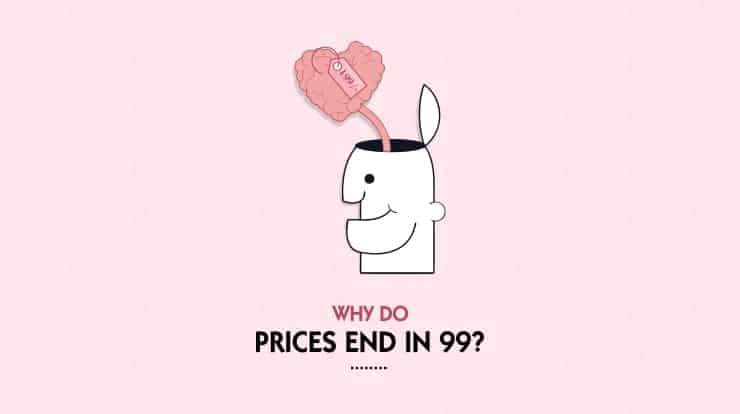
You would have been to enough departmental stores, e-commerce stores, restaurants, and movie theaters to see that the price of almost everything ends with 99. And probably it got you curious about why do prices end in 99?
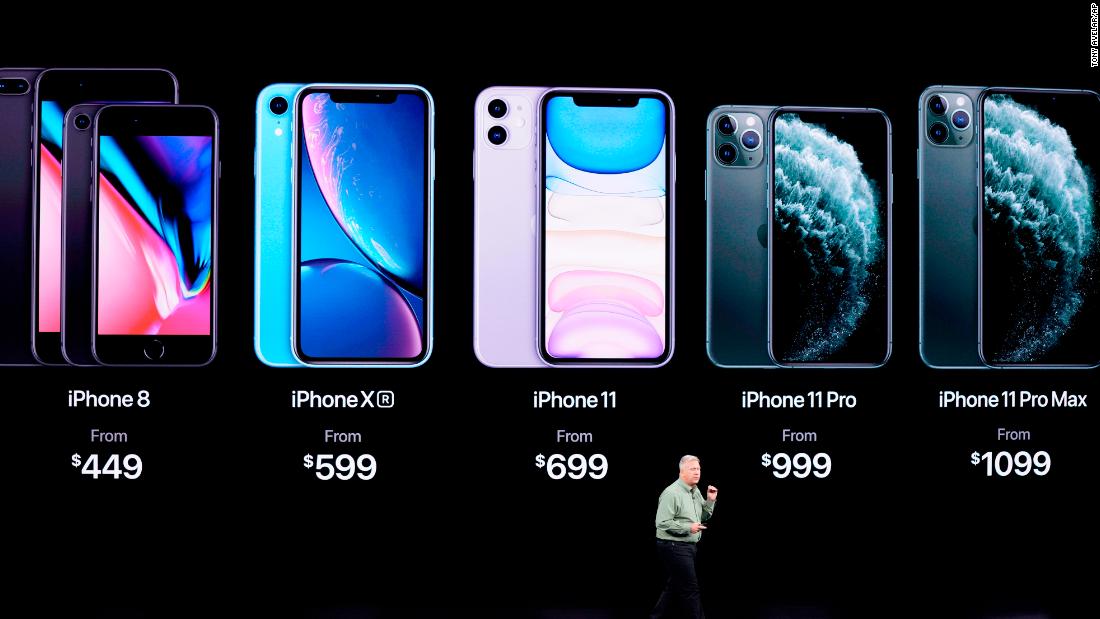
Here's how the prices of iPhone X and iPhone 11 look like
I mean, sure, to most of you it might be super intuitive. Obviously, you knock off a rupee or a dollar from the price, it's only better for the customer, right?
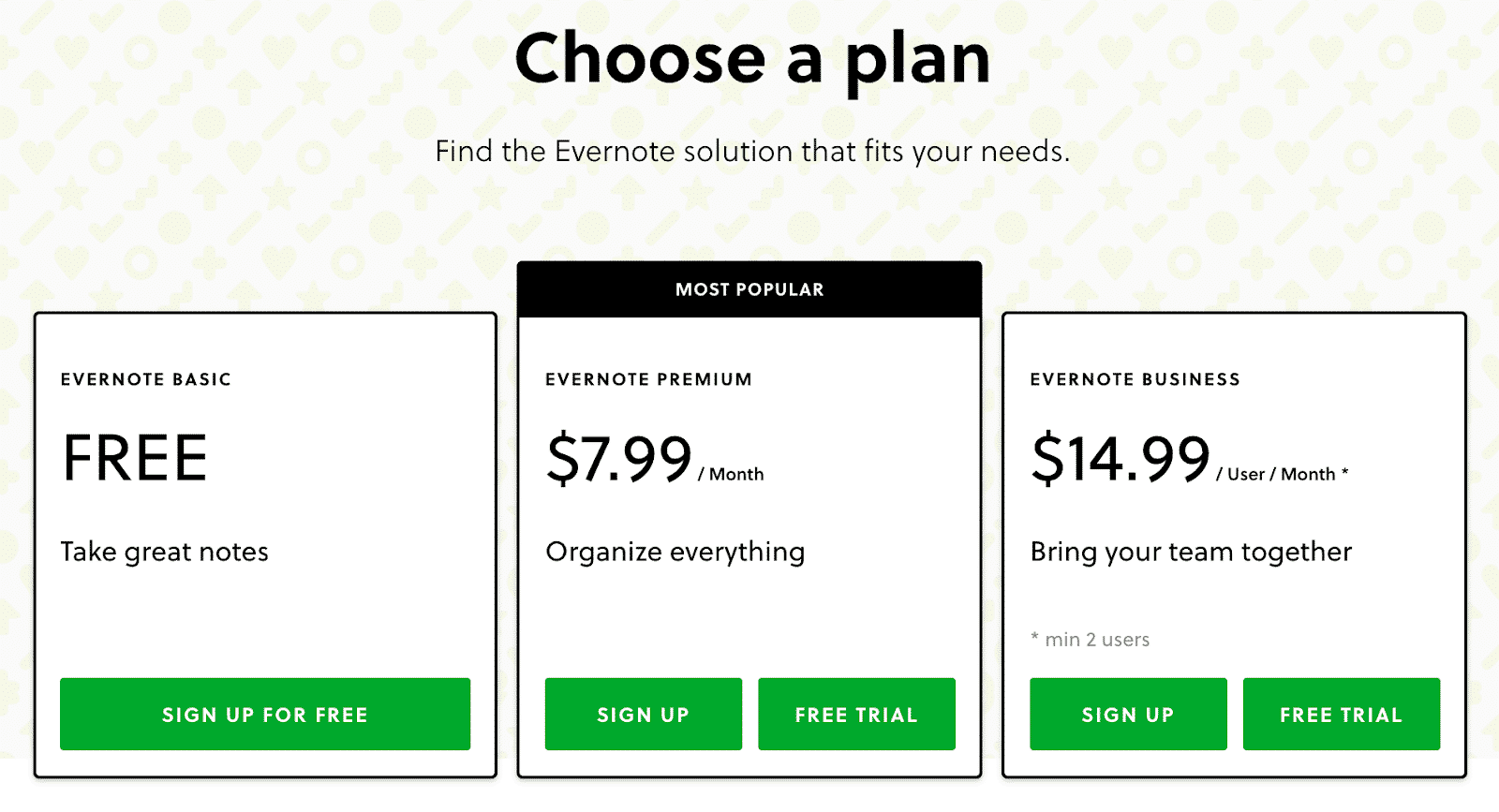
Pricing plans of Evernote (similar to many SaaS prices)
But in this article, my aim is to share with you what is the psychological hack that really makes it work. Not just that, I share with you the history of the 99 pricing and where does its origin lie (hint: it's not in marketing or psychology) and how much can 99 price ending impact your sales (basis a research experiment that I will share with you).
When I am talking about pricing ending with 99 or 9, I am not only talking about prices like ₹499 or ₹999. I am also talking about all of the following:
$3.99
₹449
$29
or even a
₹109 (which I will tell you later in the article, why it may not be as effective as the others)
So now that we know what question we are set out to answer, let me take you through the story of why do prices end in 99?
The History of 9 and 99 price endings
Here’s a little bit of the history behind the 99 pricing. It would be interesting for you to know that the origins of the 99 pricing were not in marketing or psychology.
In the early 1900s, when cash registers were introduced in stores, the store owners started charging $0.99 instead of $1 just to ensure that the employees at the checkout would open the register to deposit the money and not pocket it.

Here's what a cash register looks like
So, if someone bought something worth $5 and paid exactly that amount, the employee could just put that money away. And in order to keep such malpractices at bay, the shop owners started using $4.99 as a price instead of $5.
Therefore, $0.99 was introduced as a practical solution for this wherein the employees had to open the cash register to return the few cents to the customer as its really unlikely that a customer would pay the exact amount.
But this kind of pricing became popular and got picked up by marketers. The 99 price ending became a regular pricing hack even after the cash registers got much more sophisticated to ensure proper deposit of the cash.
Psychological Pricing - why do prices end in 99?
If I were to answer why do prices end in 99, and why did the 99 pricing phenomena pick up so much, then here would be the simplest answer to it:
Because we are human beings and we are not rational.
Prices ending in 99 is more about psychology and less about marketing or pricing mathematics. The 99 price ending is so effective because of what we call the left digit effect.
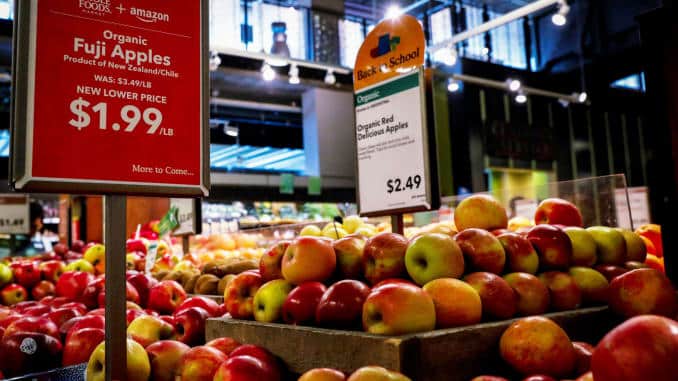
Let’s take for example a price of ₹499
The way we look at a price is from left to right. And therefore, the impact of the left-most digit, in this case, 4, is the highest. This makes you as a buyer perceive that the price is in the 400s and not 500.
Therefore, effectively, the psychological difference between ₹499 and ₹500 is much greater than just ₹1.
And that is exactly the reason why a $2.99 seems better to you as a customer than $3.00 and a ₹39 seems better than ₹40.
Prices ending with 5 and 7
Now, basis the logic behind pricing a product with a 99, it is also possible to use a 5 ending or a 7 ending pricing instead of 9.
And, in fact, often you would have seen prices like ₹495 or $37. Let me tell you, this works on the same psychology as the 99 price ending.
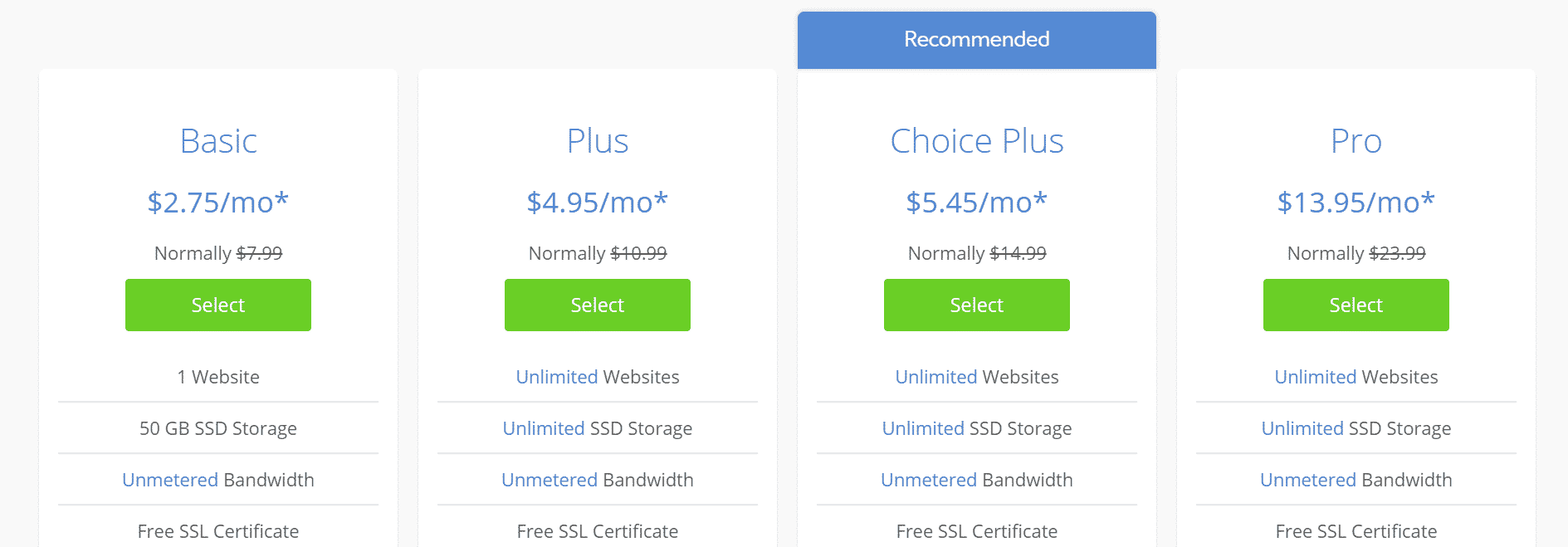
Here's the 5-ending pricing of Bluehost, the web hosting where my blog resides
So, if you see a price ending with 5 or 7, or any odd number for that matter, you can safely assume that this is got to do with the left digit effect that I talked about i.e. the left digit becomes one less than what it would be if prices like, say, ₹500, were used.
Psychological Study - Schindler & Kibarian (1996)
While it is great to work with heuristics that seem to work really well, it is crucial for a manager like you to be backing your decisions with data.
What I have spoken about above is the managerial implication of a small change. But, let's look at some academic validation for it which will help us understand why do prices end with 99 and why it makes complete sense to do it.
In the year 1996, Robert M. Schindler and Thomas M. Kibarian conducted a controlled experiment to test the sales impact of using prices that end in 99 and not 00. In this experiment, they sent out 90,000 product catalogs of a women’s clothing retailer to an audience.
One set of these catalogs had the normal 00 prices in it while the other set had the 99 pricing.
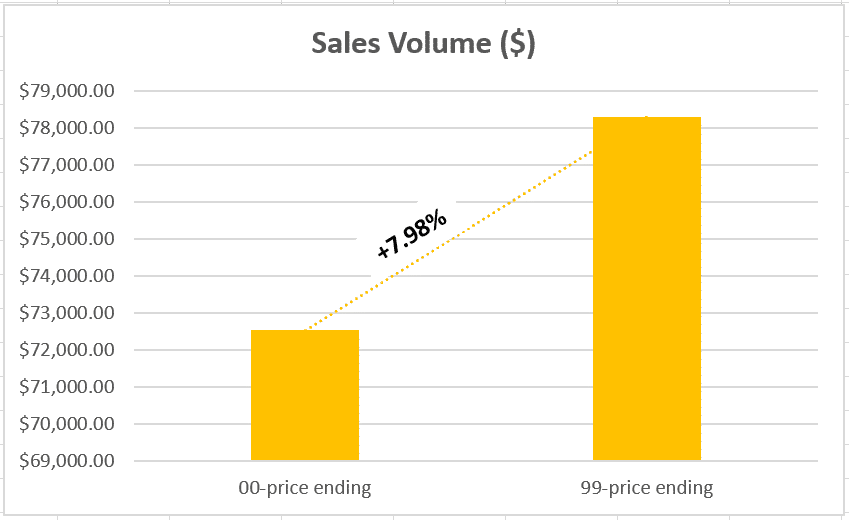
An 8% increase in sales, as studied by Schindler & Kibarian in 1996
This turned out to be a really interesting experiment as it turned out that the 99 price ending catalog generated 8% more sales than the 00 price ending catalog. Not only that, the other interesting results in line with this finding were that:
The 99 price ending catalog generated a larger number of purchasers than the 00 price ending catalog did
The purchasers who purchased from the 99 price ending catalog purchased larger amounts
Here is the entire research paper titled "Increased Consumer Sales Response Through Use of 99-ending prices" available online.
Does 9 or 99 price ending always work?
The answer is no. And this is, again, because of the fact that the magic of a price ending in 99 is not exactly in the last digits of 99. The magic is, in fact, in the left digit.
I explained this above in the left digit effect, as to why a 99 price ending seems more attractive than a 00 price.
And if the magic lies in the left digit then it is clear that for 99 pricing to work, the left digit needs to change. It is for the same reason that if you tweak the price of a ₹110 product to ₹109, you are likely to not see any significant impact on your sales as you saw in the other cases. That is because the left-most digit remained the same.
Also Read: How to Price your Product – The Fundamentals
In Conclusion
Why do prices end in 99? That’s because they make the price of the product look lesser than what it is. But, this is only true if the left-most digit of the price decreases. This means that more than the 99 pricing, it is more about the left digit effect that makes this 99 pricing so effective.
In the controlled experiment done by Schindler and Kibarian, it was proved that 99 pricing can give as much as an 8% increase in sales without changing any other but just a digit in the pricing.
In this article, I shared with you the science and logic behind the 99 pricing. Do share with me in the comments below any other common and not-so-common pricing hack that you may know of.

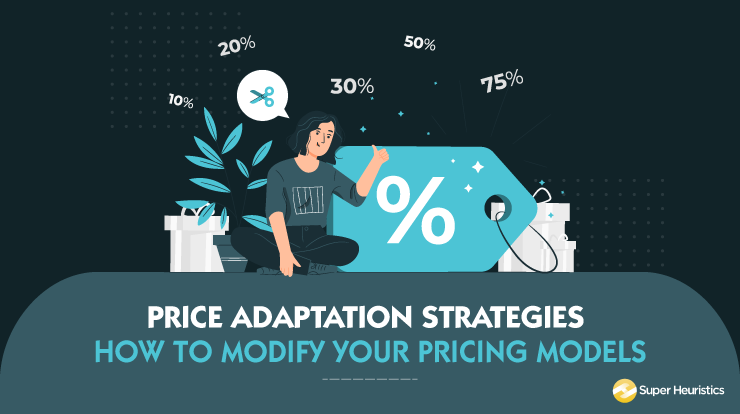
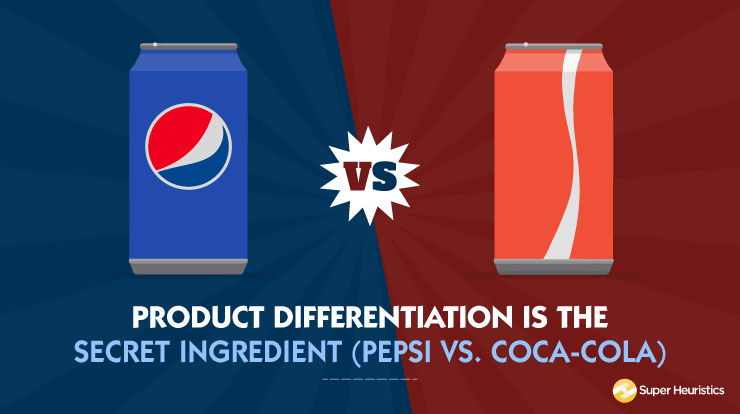
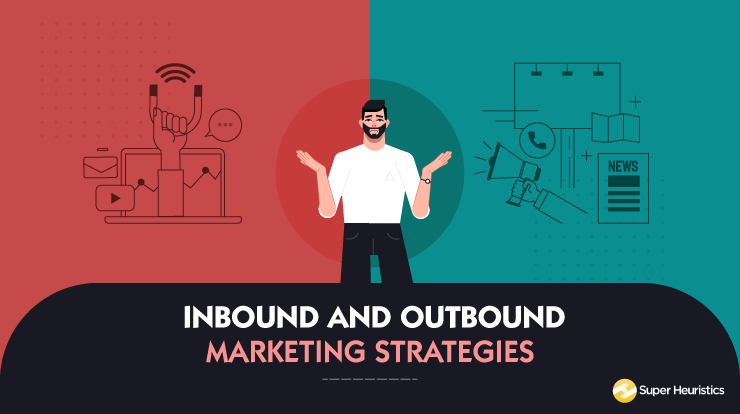
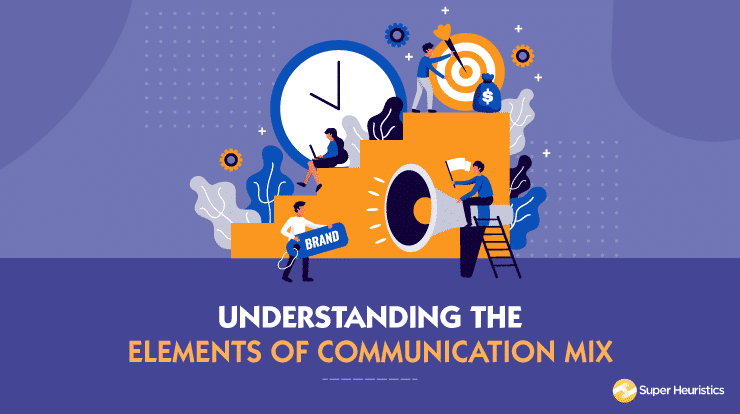
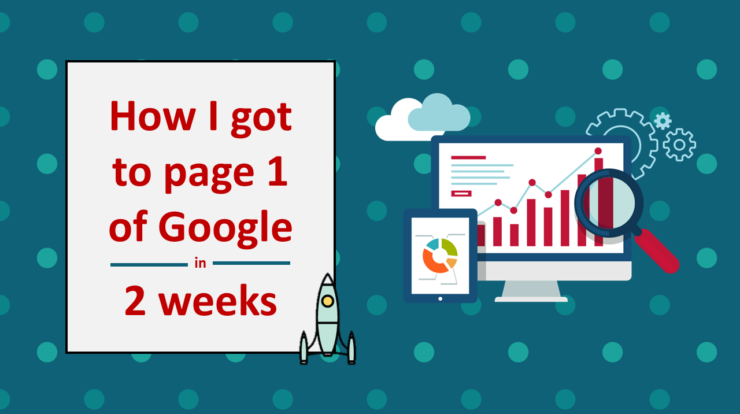
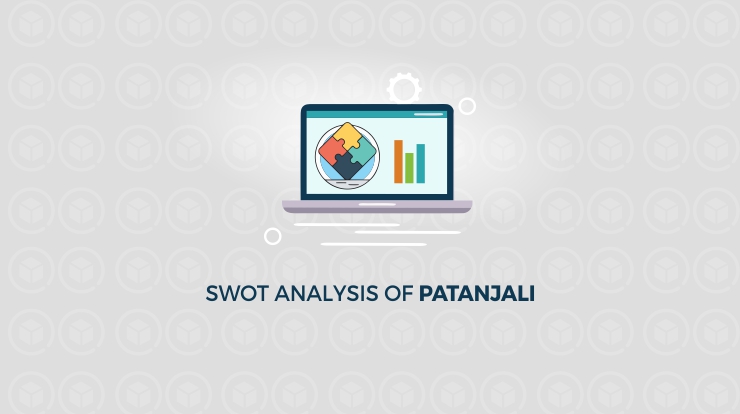
Thanks for this informative article. I was searching for the reason why people price their product ending with 99 to help me decide to price a product I’m working on.